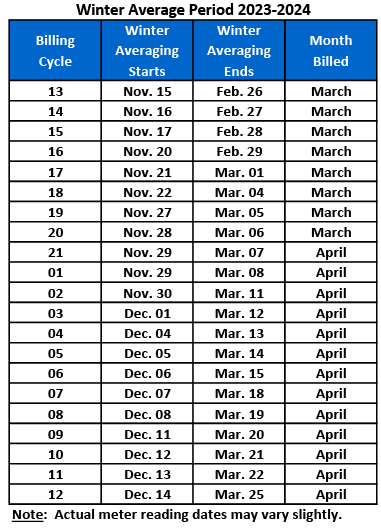Wouldn’t it be great if you had a say in how much you’re charged for sewer service? Wait a minute, you actually do!

That’s because SAWS sewer charges are based on your average winter water use. So, the less water you use this winter, the lower your monthly sewer charge will be for the rest of 2024.
Do you run your irrigation system at least once per week during the winter? If so, you’re making an expensive mistake.
Watering dormant grass will not make it grow, no matter how much water you apply. Only the roots are active in the winter and usually do just fine on the occasional rainfall we receive. What will turn green if you water are the winter weeds.
What if there’s no rain? Simple — you can always run your irrigation manually to water once a month.
How winter averaging works
SAWS averages your water use over three consecutive billing periods between mid-November and mid-March to calculate the monthly sewer charges for the year.
Why winter? Most winter water use occurs indoors, and therefore leaves your home via the sewer pipes. Since there are no sewer meters to measure the outgoing flow, winter averaging is a fairly accurate way to estimate your sewer use.
What else can affect the winter average?
You should avoid draining and refilling your pool or spa during your winter averaging period. Having an unrepaired leak could also cause your winter average to be higher.
Bottom line: Saving water now can add up to big savings throughout 2024.
Check the schedule
The chart shows the approximate start and end dates of the winter averaging period for each SAWS billing cycle. Your billing cycle is shown in the blue “Current Bill Summary” section on your bill.
For more ways to save water and money all year long, visit GardenStyleSA.com.